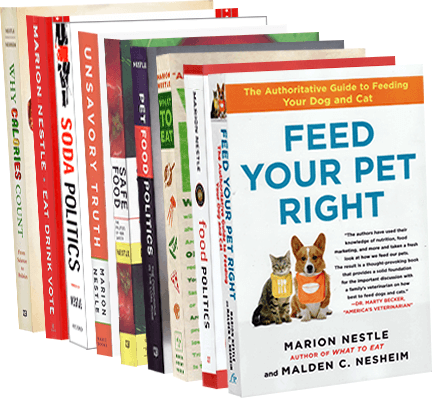Weekend reading: Technically Food
Larissa Zimberoff. Technically Food: Inside Silicon Valley’s Mission to Change What We Eat. Abrams Press, 2021.

This is Zimberoff’s account of her personal conversations, meetings, visits, and observations of the people and venture capitalists behind today’s versions of techno-foods constructed from algae, fungi, peas, plants, and cell cultures.
She comes at these foods from a skeptical standpoint, but gamely tastes everything, judging some of the products delicious despite concerns about their greater meaning for health, the environment, and humanity.
Almost everyone she meets in this business is mission-driven, convinced that their products will help feed the world’s growing population at less cost to health and the environment.
But, as she puts it, “The tension of my health being tied to capitalistic companies that want to make a profit is growing” (p. 3). Mine too, even after reading her book.
One concern is lack of transparency. Nobody she met wanted to tell her what’s in the products they are producing or give details on how they are made.
Zimberoff likes some of what she sees, but not all. She finishes up her discussion with a call for continued skepticism: “Like me, think before you eat. Don’t believe the hype” (p. 190).
She ends the book in an odd way. She asked a bunch of people to speculate on what we will all be eating in 20 years. I was one of the people who commented, and I wish I had been given the opportunity to read my section before it got printed: some of it seems incoherent and I would have appreciated the chance to edit it. [I just checked, which I should have done earlier. I was given that opportunity and OK’d it. My bad. Culpa mea].
More careful editing would have helped throughout. For example, I was startled to read this statement about the effects of climate change on algae:
This increase in CO2 leads to a rise in pH levels called ocean acidification, which can harm many creatures in the water. Algae, on the other hand, may benefit from increased levels, and there are studies looking into whether growing seaweed can slow this rise in pH levels (p. 10).
Oops. Rising CO2 levels reduce pH. Lower pH levels are acidic. Algae do better at neutral or lower pH levels.



 Peter Hoffman, the chef-owned of the much loved and late-lamented Savoy restaurant in Manhattan’s SoHo has written an account of its rise and fall along with a close examination of what went into it, foods, ingredients, and emotions.
Peter Hoffman, the chef-owned of the much loved and late-lamented Savoy restaurant in Manhattan’s SoHo has written an account of its rise and fall along with a close examination of what went into it, foods, ingredients, and emotions.



